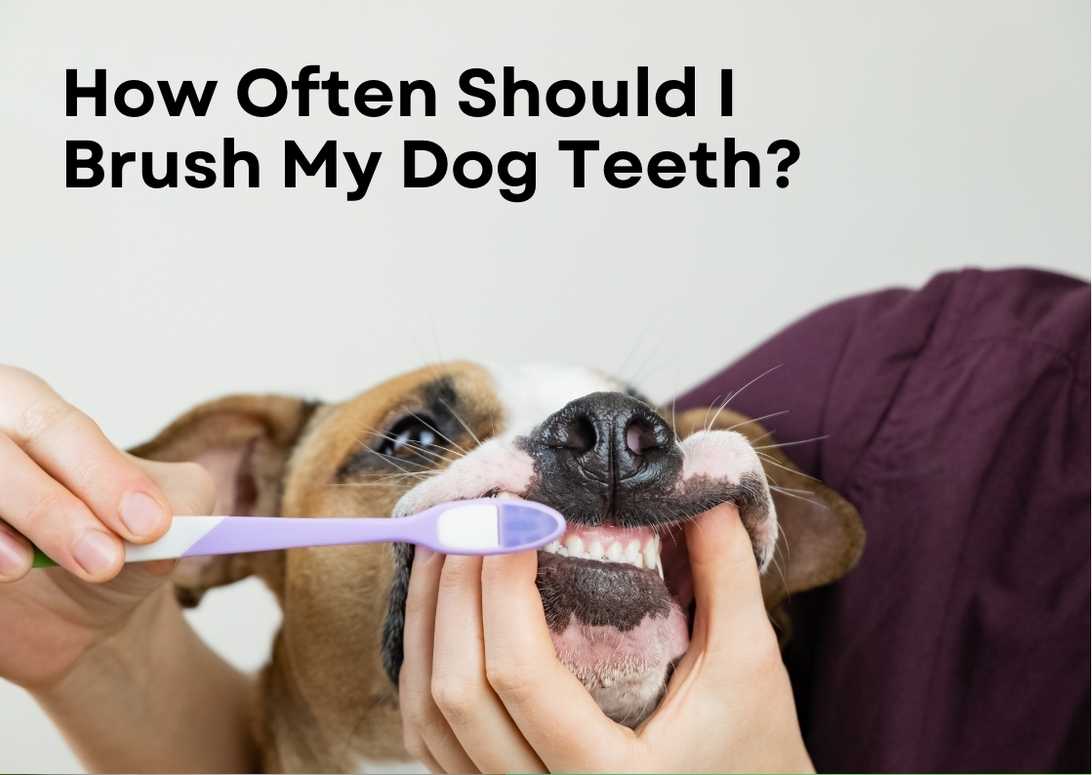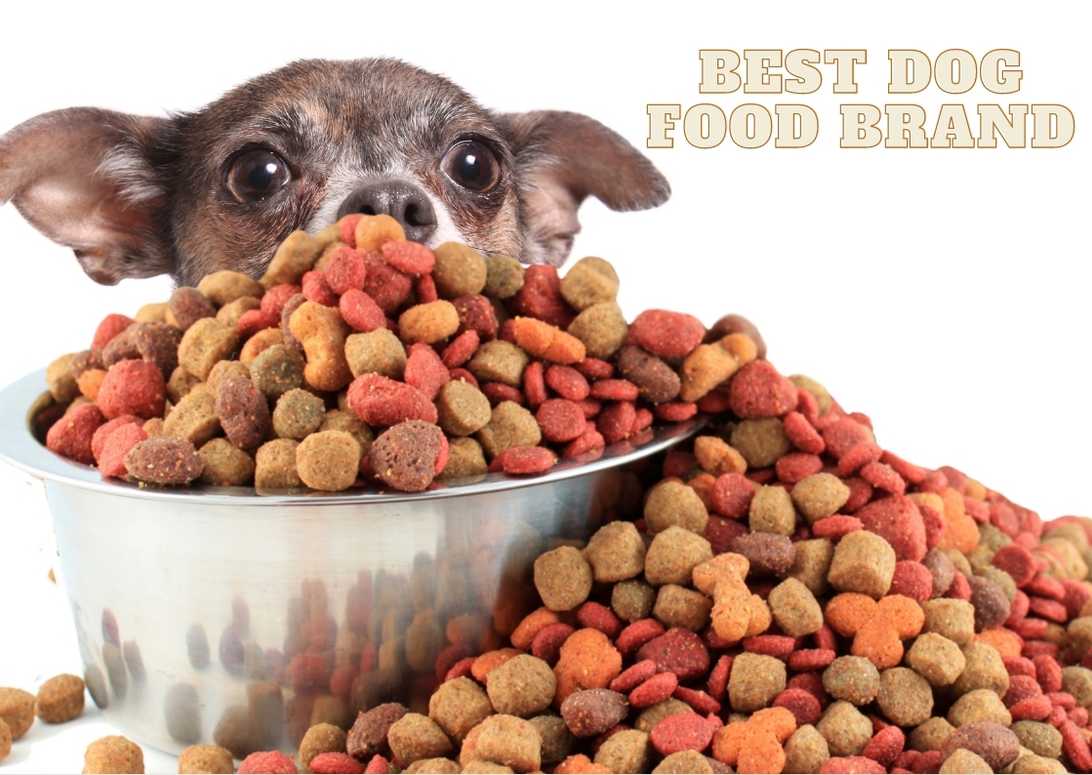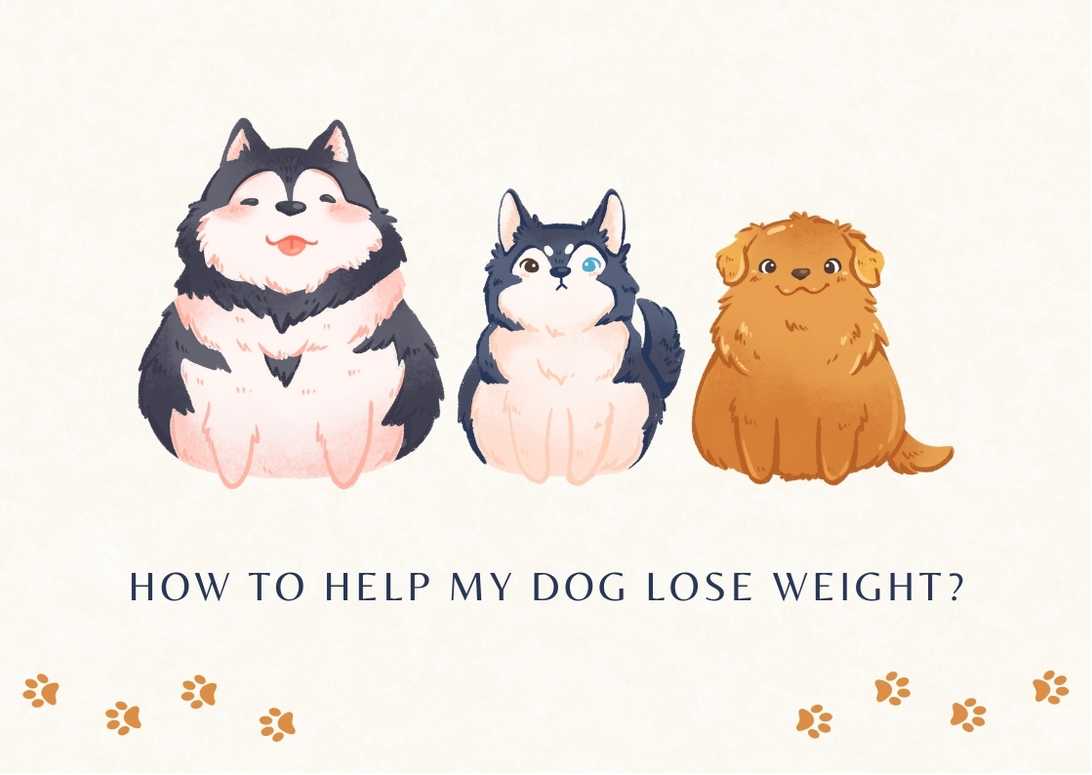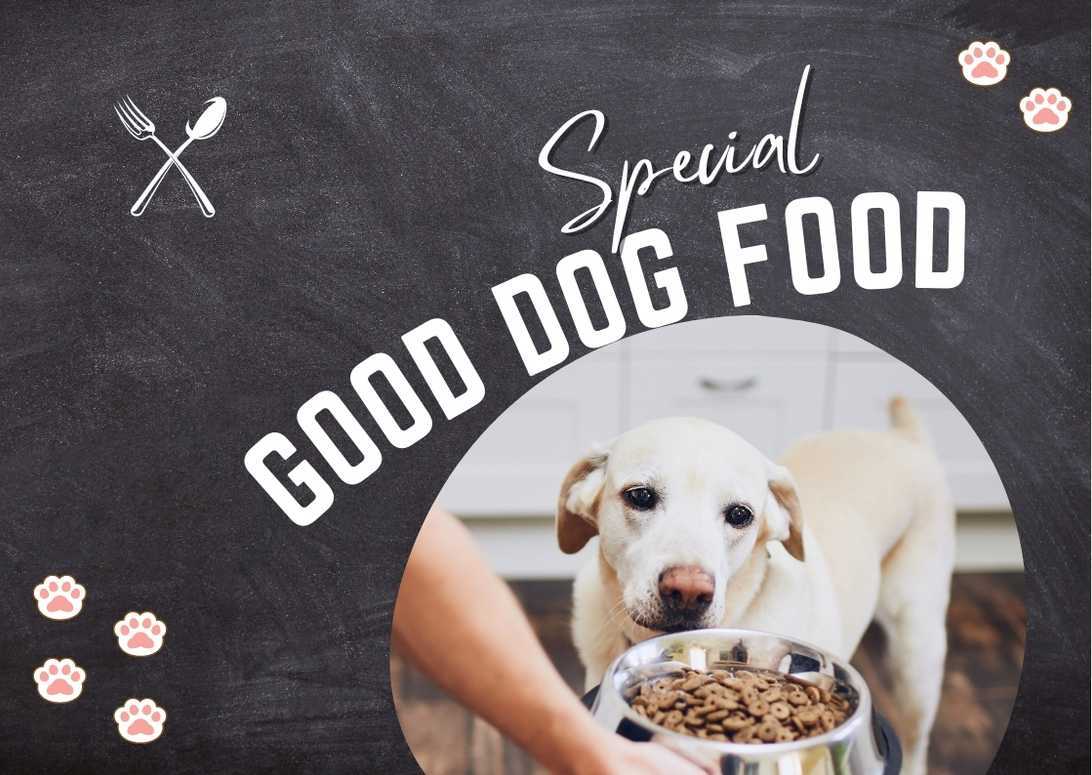How Often Should I Brush My Dog Teeth?
When it comes to caring for our furry friends, maintaining good oral hygiene is just as important as their overall health. As a pet owner, I understand the significance of brushing my dog’s teeth regularly to ensure they have clean and healthy gums.
In this article, we will explore the recommended frequency for brushing our dog’s teeth and the benefits it provides.
So, how often should I brush my dog’s teeth? According to experts, brushing at least three times a week is essential to remove plaque and prevent tartar buildup. While twice a day is considered ideal, even a few times a week can make a significant difference in maintaining your dog’s oral health.
By following these recommendations and implementing additional dental care measures, we can ensure that our furry companions have strong teeth and fresh breath.
Important Points
- Brushing a dog’s teeth at least three times a week is recommended to remove plaque and prevent tartar buildup.
- Regular brushing and other oral hygiene measures help prevent periodontal disease, tooth loss, and other health issues.
- Dental wipes, gels, treats, and chew toys can be used as alternative methods for dental care.
- Consistency is key in maintaining a dog’s dental health through establishing a dental care routine with regular brushing and other measures.
How frequently is recommended?
So how often should you brush your dog’s teeth? Well, aiming for a thorough brushing two to three times per week should be plenty to keep their pearly whites clean and free of plaque and tartar! Regular dental hygiene is important for dogs just like it’s for us humans.
Without proper care, they can develop periodontal disease, which can lead to pain, tooth loss, and other health issues. Brushing their teeth at least twice a week helps remove plaque and prevent tartar accumulation, keeping their gums healthy.
However, if brushing your dog’s teeth several times a week seems like too much of a challenge or if your furry friend simply doesn’t enjoy it, there are alternative methods you can use to supplement their dental care.
You can consider using dental wipes or gels specifically designed for dogs that help reduce plaque and freshen their breath. Additionally, there are dental treats and chew toys available that promote oral health by reducing plaque buildup as your dog chews on them.
These supplemental measures can be used in conjunction with regular brushing to ensure your dog maintains good oral hygiene. So while regular brushing is recommended, incorporating these alternative methods into your dog’s routine will provide additional support in keeping those teeth clean and healthy.
Supplemental dental care measures.
In addition to regular brushing, you can also try other dental care measures, such as providing dental chews or toys that help remove plaque and tartar buildup. Chew toys designed specifically for dental health can be a great way to keep your dog’s teeth clean. These toys are usually made of durable materials that help scrape away plaque and massage the gums while your dog chews on them.
Dental chews are another option to consider. They’re treats specifically formulated to promote oral health by reducing plaque buildup and freshening breath. You can find a variety of dental chews in pet stores or online.
Another supplemental measure you can take is using mouthwash specifically designed for dogs. These mouthwashes contain ingredients that help kill bacteria and freshen breath. Simply pour a small amount into your dog’s water bowl each day, and they’ll benefit from its oral hygiene properties.
While these supplemental measures can help maintain your dog’s oral health, it’s important to remember that they shouldn’t replace regular brushing and professional cleanings. Regular brushing is essential for removing plaque and preventing tartar buildup, while professional cleanings performed by a veterinarian ensure a thorough removal of any stubborn tartar or plaque.
By incorporating these additional dental care measures into your routine along with regular brushing, you can provide comprehensive oral care for your furry friend. However, it’s important to note that nothing beats the benefits of regular brushing in maintaining optimal dental health for your dog. Regular brushing helps to remove plaque and prevent the buildup of tartar, which can lead to gum disease and other dental issues. It’s the most effective way to keep your dog’s teeth and gums healthy and should be done at least a few times a week, if not daily.
Benefits of regular brushing.
By incorporating regular brushing into your routine, you can effectively maintain optimal dental health for your canine companion. Here are some benefits of brushing your dog’s teeth and the importance of oral hygiene:
- Prevents plaque and tartar buildup: Regular brushing helps remove plaque from your dog’s teeth, preventing it from hardening into tartar. This reduces the risk of gum disease and tooth decay.
- Freshens breath: Just like humans, dogs can suffer from bad breath due to bacteria in their mouths. Brushing their teeth regularly helps eliminate odor-causing bacteria, resulting in fresher breath.
- Reduces the need for professional teeth cleaning: Regular at-home brushing can help minimize the need for expensive professional dental cleanings under anesthesia. This not only saves you money but also reduces the stress on your furry friend.
Maintaining good oral hygiene is essential for your dog’s overall health. In addition to regular brushing, consider other dental health tips such as providing dental treats and chews that promote chewing and help clean their teeth.
Transitioning into preventing plaque and tartar buildup, it is important to establish a consistent oral care routine to keep your dog’s teeth healthy and prevent potential dental issues.
Preventing plaque and tartar buildup.
Regularly brushing your dog’s teeth helps prevent the buildup of plaque and tartar, ensuring optimal dental health. Plaque is a sticky film that forms on your dog’s teeth when bacteria combine with food particles. Over time, if not removed, it hardens into tartar, which can lead to gum disease and other oral health issues. By brushing your dog’s teeth regularly, you can remove the plaque before it has a chance to harden into tartar. This not only keeps their breath fresh but also prevents gum disease and tooth decay.
In addition to regular brushing, there are other measures you can take to prevent plaque and tartar buildup in your dog’s mouth. Dental chews are a great option as they help mechanically clean your dog’s teeth while they chew on them. These chews often have ridges or textures that help scrape away plaque from their teeth. Another option is professional cleanings done by a veterinarian where they use specialized tools to remove stubborn tartar that cannot be removed through regular brushing alone.
Some pet owners prefer using homemade toothpaste or natural remedies for their dog’s oral hygiene. Homemade toothpaste recipes often include ingredients like baking soda and coconut oil, which have antimicrobial properties and can help fight bacteria in the mouth. Natural remedies like coconut oil pulling or rubbing raw fruits such as strawberries on your dog’s teeth may also provide some benefits in reducing plaque and freshening breath.
By preventing the buildup of plaque and tartar through regular brushing and incorporating other dental care measures such as dental chews or professional cleanings, you can maintain your dog’s oral health effectively without any hassle.
Maintaining your dog’s oral health.
To keep your furry friend’s pearly whites shining and their breath fresh, it’s important to make sure you’re maintaining their oral health. Along with regular brushing, there are other ways to keep your dog’s teeth clean and free of plaque and tartar.
One option is using dog toothpaste, specially formulated for their needs. Dog toothpaste comes in various flavors that can appeal to your pup’s taste buds, making the experience more enjoyable for both of you.
Another option is dental chews, which not only provide a tasty treat for your dog but also help remove plaque as they chew.
In addition to these at-home measures, professional cleanings by a veterinarian are essential for maintaining optimal oral hygiene. While regular brushing can prevent plaque buildup, it may not fully eliminate existing tartar. Professional cleanings involve a thorough examination of your dog’s teeth and gums followed by scaling and polishing to remove any stubborn tartar. Your vet can guide you on how often these cleanings should be done based on your dog’s individual needs.
Transition: By incorporating these oral care practices into your routine, you can ensure that your furry friend has a healthy smile and fresh breath. Now let’s explore how to create a dental care routine that works best for you and your pup without feeling overwhelmed or stressed about the process. Remember, consistency is key when it comes to your dog’s dental health, so finding a routine that is manageable for both you and your pup is essential.
Creating a dental care routine.
Start by establishing a dental care routine for your furry friend that includes regular brushing and other oral hygiene measures. This will help maintain their oral health and prevent the buildup of plaque and tartar. When it comes to brushing, it’s important to use proper technique and choose the right toothpaste for your dog. Use a soft-bristled toothbrush or a finger brush designed specifically for dogs.
Gently brush their teeth in circular motions, focusing on the gum line where bacteria tend to accumulate. As for toothpaste, never use human toothpaste as it can be toxic to dogs. Instead, opt for a dog-friendly toothpaste that is formulated with safe ingredients.
It’s not uncommon for dogs to resist having their teeth brushed initially. If your dog shows resistance, start by introducing them to the process gradually. Begin by simply touching their muzzle and lifting their lips so they get used to having their mouth handled. Then, slowly introduce them to the taste of the toothpaste by allowing them to lick a small amount off your finger or the toothbrush. Once they are comfortable with this step, you can start brushing their teeth using gentle pressure. Remember to reward them with praise and treats after each successful brushing session to associate positive experiences with dental care.
In addition to regular brushing, it’s important to consider other oral hygiene measures such as dental chews or toys that promote chewing and help remove plaque. These can be given on days when you’re not able to brush your dog’s teeth or as supplements to brushing.
It’s also worth noting that senior dogs may require more frequent dental care as they are prone to dental issues such as gum disease and tooth decay due to age-related factors like weakened immune systems.
Transitioning into caring for your dog’s teeth section: Now that you’ve established good dental care habits and techniques for your furry friend, let’s explore further ways you can ensure optimal oral health for them.
Caring for your dog’s teeth
One interesting statistic to grab your attention is that over 80% of dogs develop dental issues by the age of three, making it crucial to prioritize their oral health. Taking care of your dog’s teeth can help prevent these dental problems and ensure their overall well-being.
Here are a few key factors to consider when caring for your dog’s teeth:
Dog Dental Treats: Incorporating dental treats into your dog’s routine can be an effective way to promote oral hygiene. These treats are designed to reduce plaque and tartar buildup, providing a convenient and enjoyable way for your furry friend to maintain healthy teeth.
Professional Teeth Cleaning: While regular brushing at home is important, professional teeth cleaning performed by a veterinarian is also necessary. A thorough cleaning will remove any stubborn plaque or tartar that may have accumulated over time, ensuring optimal dental health for your dog.
Toothbrushing Techniques: When brushing your dog’s teeth at home, it’s essential to use proper toothbrushing techniques. Use a toothbrush specifically designed for dogs and gentle circular motions along the gum line. Make sure to introduce toothbrushing gradually and reward your pup with praise or small treats afterward to create positive associations with the process.
In addition to these preventive measures, it’s essential to be aware of signs indicating potential dental problems in your dog. Bad breath, swollen gums, excessive drooling, difficulty eating or chewing, and loose or missing teeth are all signs that something might be wrong with their oral health. If you notice any of these symptoms, consult with a veterinarian promptly for appropriate diagnosis and treatment options.
By incorporating regular toothbrushing sessions using dog toothpaste and implementing other dental care measures like dental treats and professional cleanings as needed, you can help keep your furry friend’s teeth clean and free from plaque and tartar buildup while promoting their overall oral health.
Frequently Asked Questions
Can I use a regular toothbrush and toothpaste to brush my dog’s teeth?
Yes, you can use a regular toothbrush and toothpaste to brush your dog’s teeth. However, there are also toothbrush options and toothpaste alternatives specifically designed for dogs. Additionally, dental chews, professional cleanings, and dental wipes are other options for maintaining your dog’s oral hygiene.
How can I tell if my dog has dental problems or gum disease?
Bad breath can be a sign of dental problems in dogs. Bleeding gums may indicate gum disease, which requires immediate attention. Regular dental exams are crucial for maintaining oral health, and dental toys can help prevent plaque buildup. Consider professional teeth cleaning as needed.
Are there any natural remedies or home remedies for maintaining my dog’s oral health?
Yes, there are natural and home remedies for maintaining my dog’s oral health. Some options include brushing with coconut oil or using dental chews with ingredients like parsley or mint to freshen breath and reduce plaque buildup.
What are some common signs of plaque and tartar buildup in dogs?
Signs of plaque and tartar buildup in dogs include bad breath, yellow or brown discoloration on teeth, swollen gums, and difficulty eating. Prevention includes regular dental care, cleaning techniques like brushing and using dental chews, and occasional professional dental cleanings.
Are there any specific breeds or types of dogs that are more prone to dental issues?
Certain breeds, like small dogs and brachycephalic breeds, are more prone to dental issues due to their crowded teeth and shorter snouts. Regular dental cleanings, brushing, oral hygiene tips, and dental treats can help prevent these issues.
Conclusion
In conclusion, as a dog owner, I’ve learned the importance of maintaining good oral hygiene for my furry friend. Regular brushing is crucial in preventing plaque and tartar buildup, ultimately ensuring their teeth stay clean and healthy. By following the recommended brushing frequency of at least three times a week, I can effectively remove harmful bacteria and maintain fresh breath for my canine companion.
Moreover, incorporating supplemental dental care measures such as dental chews or toys can enhance the overall cleanliness of my dog’s teeth. These additional steps supplement regular brushing by providing extra stimulation to reduce plaque accumulation. By implementing a comprehensive dental care routine, including regular brushing and supplemental measures, I’m actively taking steps to safeguard my dog’s oral health.
By prioritizing their dental well-being through consistent brushing and supplementary care, I can help protect my beloved pet from potential oral diseases and discomfort. Taking these proactive measures not only promotes better overall health but also ensures that my furry friend can enjoy life with a radiant smile! So let’s embrace this responsibility and make oral hygiene an essential part of our daily routine with our dogs.








